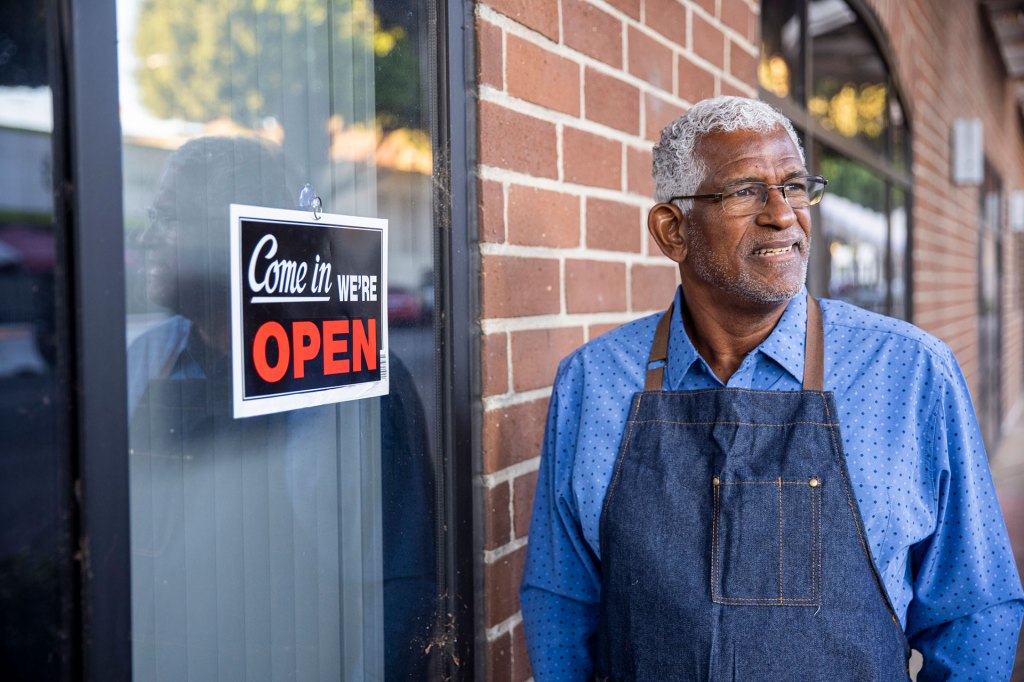Organizations on the frontlines continue to provide vital economic recovery assistance to low-and moderate-income communities and communities of color, nearly three years after national and economic shocks. Mental health and housing organizations, especially those that provide services directly to clients, as well as organizations working to develop economic infrastructure to their communities, remain in high demand.
These organizations are using recent Federal Reserve survey data to help create strategies for economic recovery tailored to the needs of underserved populations. Join us on February 9 for a Connecting Communities webinar to learn more about demographic trends, reasons for this situation, and how these communities are adapting.
Signs of progress, but barriers remain
Perspectives from Main Street: The Impact of COVID-19 on Communities and the Entities Serving Them is a national survey of US government agencies, nonprofits, financial institutions, and community organizations serving low- and moderate-income communities in need.
The survey was administered in August 2022 by the Federal Reserve and seven national partners. It garnered more than 1,700 responses.
Fewer than 20% of survey respondents said their communities have fully recovered from the economic setbacks caused by the COVID-19 recession.
“While there is no doubt improvements have been made since 2021, these low- and moderate-income communities are still really behind,” said Violeta A. Gutkowski, one of the report authors and lead analyst at the Institute for Economic Equity at the Federal Reserve Bank of St. Louis.
According to the survey, main barriers to recovery include inflation, labor shortages, and the availability of child care.
Additional findings from the survey also include:
- Recovery path: 16% of respondents reported that their communities are almost or fully recovered (80%-100% recovery). In a year, more than 40% expected their communities to be almost or fully recovered.
- Fewer experienced disruptions than in 2021: Since 2021, the percentage of respondents reporting significant disruptions in their communities fell between 30% and 50% across various aspects of the economy except for housing
- Household financial stability: Since 2021, 40% fewer respondents reported significant disruptions to household financial stability. However, approximately 40% of respondents still claim that disruptions are significant. Increasing costs for consumer goods and housing were reported as the primary reasons.







